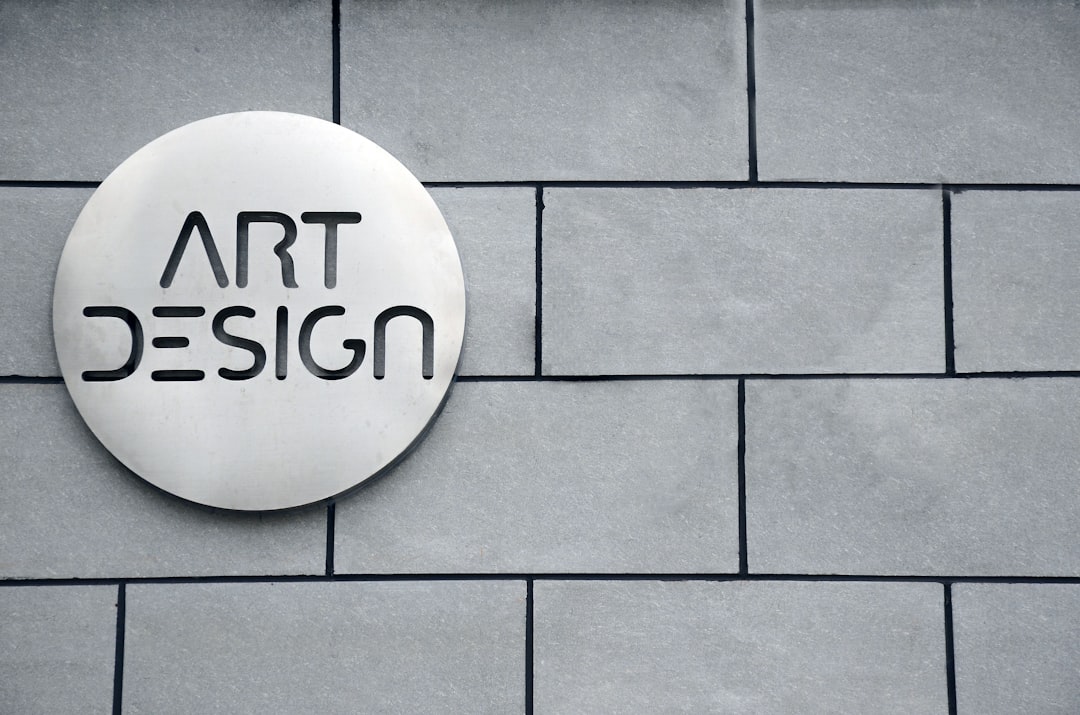In the ever-evolving landscape of marketing, print media remains a cornerstone of effective business branding. While digital platforms have surged in popularity, the tactile nature of print materials—brochures, business cards, flyers, and magazines—continues to resonate with consumers. You may find that print media offers a unique way to convey your brand’s message, allowing for a deeper connection with your audience.
The physicality of print can evoke emotions and create lasting impressions that digital formats often struggle to achieve. As you navigate the complexities of branding, understanding the role of print media is essential. It serves not only as a promotional tool but also as a means to establish your brand’s identity and values.
By leveraging print media effectively, you can create a cohesive brand experience that resonates with your target audience. This article will explore the evolution of print media in business branding, its impact on consumer perception, and its role in building brand awareness and loyalty.
Key Takeaways
- Print media has been a key tool for business branding for many years, offering a tangible and lasting way to connect with consumers.
- The evolution of print media in business branding has seen a shift towards more targeted and personalized approaches to reach specific audiences.
- Print media has a significant impact on consumer perception, as it can convey a sense of credibility and trust through its physical presence.
- Building brand awareness is a crucial role of print media, as it can reach a wide audience and leave a lasting impression.
- Print media is effective in targeting specific audiences, allowing businesses to tailor their messaging to reach the right people at the right time.
The Evolution of Print Media in Business Branding
The Rise of Visual Storytelling
You may recall the rise of glossy magazines and high-quality brochures that allowed brands to showcase their products in visually appealing ways. This evolution has enabled businesses to communicate their messages more effectively and creatively.
The Diversification of Print Media
Today, print media is not just about traditional formats; it encompasses a wide range of materials, including direct mail campaigns, posters, and even packaging design.
Creating a Unified Brand Presence
As you consider your branding strategy, it’s important to recognize how these various forms of print media can work together to create a unified brand presence. The evolution of print media reflects the changing preferences of consumers and the need for businesses to adapt their strategies accordingly.
The Impact of Print Media on Consumer Perception

Your brand’s image is shaped significantly by how consumers perceive it, and print media plays a crucial role in this process. When you invest in high-quality print materials, you signal professionalism and attention to detail. Consumers often associate well-designed print media with credibility and reliability.
This perception can influence their purchasing decisions and overall trust in your brand. Moreover, print media allows you to tell your brand’s story in a way that resonates with your audience. Through compelling visuals and engaging copy, you can evoke emotions that foster a connection between your brand and consumers.
As you craft your print materials, consider how they reflect your brand’s values and mission. The more authentic and relatable your messaging is, the more likely consumers will perceive your brand positively.
The Role of Print Media in Building Brand Awareness
Brand awareness is essential for any business looking to thrive in a competitive market. Print media serves as a powerful tool for increasing visibility and recognition among potential customers. When you distribute brochures or flyers at events or through direct mail campaigns, you are putting your brand directly into the hands of consumers.
This tangible interaction can leave a lasting impression that digital ads may not achieve. Additionally, print media can complement your other marketing efforts by reinforcing your brand message across multiple channels. For instance, if you have an online campaign running simultaneously with a print campaign, the synergy between the two can enhance overall brand recall.
As you develop your branding strategy, think about how print media can be integrated into your broader marketing initiatives to maximize its impact on brand awareness.
The Effectiveness of Print Media in Targeting Specific Audiences
One of the unique advantages of print media is its ability to target specific demographics effectively. You can tailor your print materials to resonate with particular audience segments based on their preferences and behaviors. For example, if you’re targeting a niche market, creating specialized brochures or magazines that speak directly to that audience can yield impressive results.
Moreover, print media allows for geographic targeting that digital platforms may not always provide. By distributing materials in specific locations or through local events, you can reach potential customers where they are most likely to engage with your brand. This targeted approach not only increases the likelihood of conversion but also fosters a sense of community around your brand.
Print Media’s Influence on Brand Identity and Image

Your brand identity is the visual representation of your business, encompassing everything from logos to color schemes. Print media plays a vital role in establishing and maintaining this identity. When you create consistent print materials that align with your brand’s visual elements, you reinforce recognition and familiarity among consumers.
This consistency helps solidify your brand image in the minds of your audience. Furthermore, print media allows for creative expression that can enhance your brand’s personality. Whether through innovative designs or unique formats, you have the opportunity to showcase what makes your brand distinct.
As you develop your print materials, consider how they reflect not only your products or services but also the essence of your brand’s identity.
The Integration of Print Media with Digital Marketing Strategies
In today’s marketing landscape, integration is key to success. While print media has its strengths, combining it with digital marketing strategies can amplify your efforts significantly. You might consider using QR codes on printed materials that link to online content or social media platforms.
This seamless transition between print and digital can enhance user engagement and drive traffic to your online presence. Additionally, leveraging data analytics from digital campaigns can inform your print strategies. By understanding which messages resonate most with your audience online, you can create more targeted and effective print materials.
This integration not only maximizes the impact of both channels but also creates a cohesive brand experience for consumers.
Print Media’s Role in Establishing Credibility and Trust
In an age where consumers are bombarded with information from various sources, establishing credibility is paramount for any business. Print media can serve as a powerful tool in building trust with your audience. High-quality printed materials convey professionalism and commitment to quality, which can enhance your brand’s reputation.
Moreover, print media often carries a sense of permanence that digital content lacks. When consumers receive a well-crafted brochure or magazine in their hands, it feels more substantial than an online ad that may be easily ignored or forgotten. By investing in quality print materials, you demonstrate that you value your audience’s experience and are dedicated to providing them with valuable information about your brand.
The Importance of Consistency in Print Media for Branding
Consistency is crucial when it comes to branding, and this principle applies equally to print media. When you maintain uniformity in design elements—such as fonts, colors, and logos—across all printed materials, you reinforce your brand identity and make it easier for consumers to recognize you. This consistency helps build familiarity and trust over time.
As you create various print materials for different campaigns or purposes, ensure they align with your overall branding strategy. Inconsistencies can confuse consumers and dilute your brand message. By prioritizing consistency in your print media efforts, you strengthen your brand’s presence in the marketplace.
Print Media’s Contribution to Brand Loyalty and Engagement
Building brand loyalty requires ongoing engagement with your audience, and print media can play a significant role in this process. By providing valuable content through newsletters or magazines, you keep consumers informed about your products or services while also offering insights that resonate with their interests. This ongoing communication fosters a sense of connection between your brand and its customers.
Additionally, well-executed print campaigns can encourage consumer participation through contests or promotions featured in printed materials. When customers feel involved with your brand beyond just transactions, they are more likely to develop loyalty over time. As you strategize around print media, think about how you can create opportunities for engagement that deepen relationships with your audience.
The Future of Print Media in Business Branding
As technology continues to advance at an unprecedented pace, many may wonder about the future of print media in business branding. While digital marketing will undoubtedly continue to grow, there remains a place for print in an integrated marketing strategy. You may find that consumers still appreciate the tangible experience that print provides—a break from the screen that allows for deeper engagement.
Moreover, advancements in printing technology are making it easier than ever to produce high-quality materials at lower costs. This accessibility means that even small businesses can leverage print media effectively without breaking the bank. As you look ahead, consider how you can adapt your branding strategies to incorporate both traditional and modern approaches to reach your audience effectively.
In conclusion, while the marketing landscape continues to evolve rapidly, print media remains an essential component of effective business branding. By understanding its impact on consumer perception, brand awareness, and loyalty, you can harness its power to create meaningful connections with your audience. As you navigate this dynamic environment, remember that integrating print with digital strategies will enhance your overall branding efforts and ensure that your message resonates across multiple channels.
If you are interested in learning more about how print media can impact your business branding, you may want to check out Major Supply’s vendor store. They offer a variety of print media products that can help elevate your brand’s visibility and recognition. Visit their vendor store to explore the options available.






